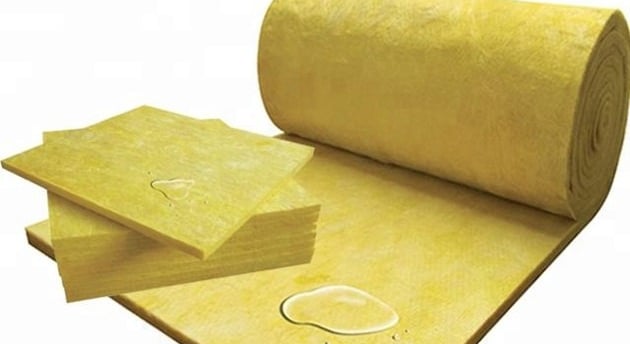Insulating materials for glass wool exteriors: advantages, applications and future development
Blog post description.
1/20/20252 min read


As an insulating and environmentally friendly external wall insulation material, glass wool has been widely used in the construction industry. It has become an important means of modern building energy conservation and emission reduction.
I. The advantages of glass wool insulation for exterior walls
Good thermal insulation: glass wool is a kind of glass fiber and organic polymer composite material. its thermal conductivity coefficient is low, can block indoor and outdoor heat exchange, improve the thermal insulation of the building.
Lightweight and easy to construct: glass wool is light weight and does not put an additional burden on the building structure. At the same time, its excellent flexibility and bonding properties make construction easy and fast, reducing the difficulty and cost of construction.
Good fire protection: glass wool has a high melting point and is not easily ignited, which can prevent the spread of fire and provide reliable fire protection for buildings.
Durability: Glass wool exterior wall insulation material has good resistance to natural weathering and chemical stability, can resist wind and rain erosion, ultraviolet radiation and chemical corrosion, to ensure long-term use effect.
Environmentally sustainable: glass wool can be recycled, reducing environmental pollution. At the same time, the raw materials used in its production process are environmentally friendly materials, which are in line with the development concept of green buildings.
II. Application areas of glass and cotton insulation for exterior wall
Residential construction: Residential construction is one of the main application areas of glass wool insulation. The use of glass wool on the exterior wall can improve the insulation of the home, reduce energy consumption, and provide a comfortable living environment for the residents.
Public buildings: In public buildings such as shopping malls, hospitals, schools, and other public buildings, glass wool insulation materials are also widely used. These buildings have high energy consumption, and the use of glass wool can significantly reduce energy consumption while improving the fire protection of the building. Its excellent insulation and fire protection properties provide reliable safety protection for industrial buildings.
Existing building renovation: For the energy saving renovation of existing buildings, glass wool insulation is an ideal choice because of its lightweight and easy construction. By using glass wool, it is possible to improve the insulation performance of existing buildings and reduce energy consumption.
III. Future development trends of glass wool insulation materials
With the increasing demand for building energy conservation and the increasing awareness of environmental protection, glass wool exterior insulation materials will be more widely used and developed in the future.
New technology research and development: Through the research and development of new technologies and new glass wool products, to further improve its insulation performance, fire performance and other performance indicators to meet higher standards of building energy conservation requirements.
Environmental protection and sustainable development: Continue to strengthen the promotion of environmental awareness, promote recyclable glass wool materials, reduce negative impact on the environment, and promote the development of green buildings.
Intelligent and automated production: Introduce intelligent and automated technologies to improve the production efficiency and product quality of glass wool insulation, and reduce production costs.
Extension of application: With the advancement of technology and the expansion of the market, glass wool insulation materials will be developed in more fields, such as agricultural facilities, environmental protection facilities, and so on.
